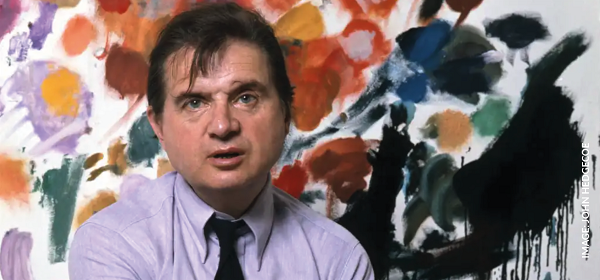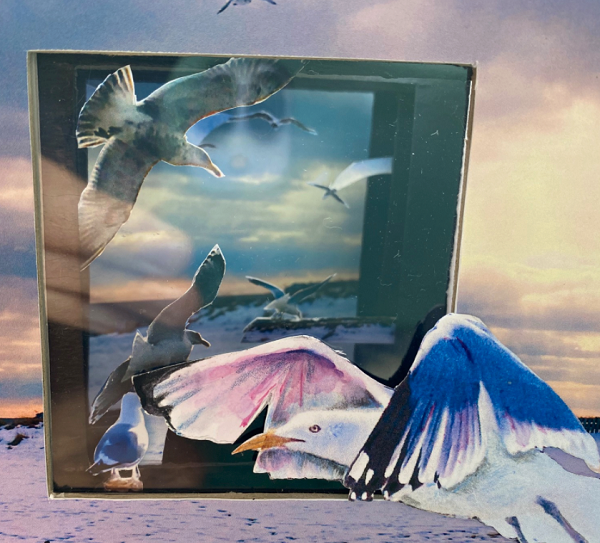THIS WEEK’S MUSE

FRANCIS BACON
“The job of the artist is always to deepen the mystery.”
Francis Bacon was a figurative painter, known for his raw, distressing imagery. He took the human figure as his preferred subject, at a time when art was dominated by abstract styles, and gave it animalistic, primitive form. His uncompromising commitment to his ferocious style made him one of the giants of 20th century art.
Bacon was born in Dublin in 1909. At the time Ireland was still part of the United Kingdom and the family—his parents and three siblings—moved between England and Ireland throughout his childhood. When Bacon was 15 years old, his autocratic father, appalled by his son’s burgeoning homosexuality, forced him out of the family home. With a small allowance from his mother, Bacon left Dublin – spending time in London, Berlin, and Paris. He returned to London a few years later and made it his home until his death in 1992.
He didn’t become an artist through traditional routes – no mentor, art school or apprenticeship. In his early professional life he worked in interior design, painting only sporadically and without direction or dedication. That changed after seeing a Picasso exhibition in Paris, where “possibilities of painting” were revealed to him. Bacon later acknowledged Picasso as a key influence throughout his career.
“Picasso was the first person to produce figurative paintings which overturned the rules of appearance; he suggested appearance without using the usual codes…using a breath of irrationality instead, to make representation stronger and more direct.”
Bacon established his familiar style in the 1940s when he evolved an earlier surreal approach to painting into a radical new style that drew heavily on depictions of motion in film and photography. In doing so, he sought to inject movement into his paintings. Figures and form became fluid, faces blurred – created by dynamic brush strokes that delivered emotion and energy to the canvas.
When the new triptych Three Studies for Figures at the Base of a Crucifixion was first exhibited—at the Lefevre Gallery, London, in April 1945, alongside work by Henry Moore—it was described as a “turning point in the history of British art.”
It consists of three figures, their anatomy—part human, part imagined animal—framed against an intense red backdrop that unifies the separated images. The blind, distorted figures seem to cry out. The work is intense and unsettling. Critics have suggested it’s a commentary on the atrocities of the World War still raging in Europe at the time. Bacon himself doesn’t provide a direct answer but seemed surprised at the reaction—to this and other, later works—provoked in the viewer. “I’m always labelled with horror, but I never think about horror.”
The painting secured Bacon’s reputation and established a stylistic approach he would stay close to from then on. Sometimes grotesque, often demanding, Bacon’s work relentlessly digs down into the human psyche. Within his art can lie our worst fears and deepest pleasures. And if not ours, certainly his.
“You have to go too far to go far enough—only then can you hope to break the mould and make something new.”
HAPPENING

Six Wednesdays, beginning April 6,
from 2–3:30pm
Tunnel Book Workshop
With Dawn McKenzie
A Tunnel book can be described as a combination of a diorama and a pop-up card.
Since the 1800s, this concept has been used by cartographers, makers of children’s books, and master artists such as Salvador Dali. It is a simple way of achieving a 3-dimensional view of any image an artist chooses to create.
Although some elaborate tunnel books have been constructed of wood, glass, and other non-malleable materials, this workshop will explore the theme of “My Favorite Vacation,” using simple materials such as a variety of papers and paper sourced images including photographs, drawings, paintings, etc.
$120 – Member, $140 – Non-Member
JOIN IN!

